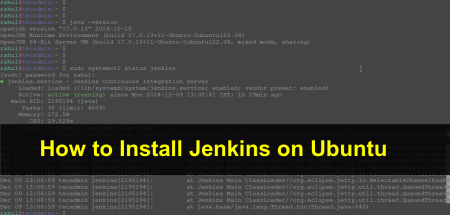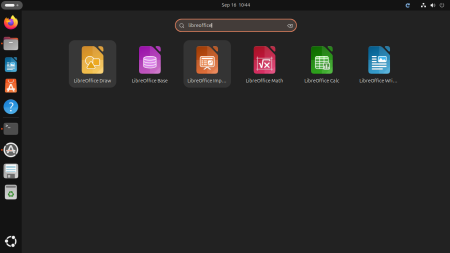A Debian package is a compressed file format used in the Debian operating system and its derivatives (like Ubuntu) to distribute software programs. It contains the application, its dependencies, and metadata, that helps easy installation and management using tools like apt or dpkg. The file extension is typically .deb.
Creating a Debian package for distribution can seem like a daunting task for beginners, but once you understand the process, it’s actually quite manageable. Let’s walk you through creating your first Debian package.
Step 1: Setting up your Environment
Before you begin, you need to ensure that you have a Debian-based Linux distribution installed on your machine. Ubuntu is one of the popular operating system, but other Debian-based distributions such as Mint will also work.
Next, make sure you have the necessary packages are installed on your system that required to build Debian packages. The primary tool we’ll be using is dpkg-deb, which comes pre-installed on most Debian-based systems. However, you will also need a few additional tools that can be installed using apt-get:
sudo apt-get install build-essential devscripts debhelper
These packages include essential compilation tools (like gcc and make), as well as tools specifically made for the building Debian packages.
Step 2: Creating the Directories
Debian packages have a specific directory structure that needs to be followed. To begin with, create a directory for your package. The convention is to name the directory as name-version. For example, if your package’s name is “mypackage” and the version is 1.0, the directory would be mypackage-1.0.
In the terminal, create the directory with:
mkdir mypackage-1.0
Inside this directory, you’ll need to create the following subdirectories:
DEBIAN: This is where the control files of the package are placed. These files tell dpkg how to handle the package.usr/bin: This is where the executable files will go.
To create these directories, use the following commands:
mkdir -p mypackage-1.0/DEBIANmkdir -p mypackage-1.0/usr/bin
Step 3: Creating the Control File
The control file is a vital component of any Debian package. It provides necessary information about the package such as its name, version, architecture, dependencies, etc.
Use a text editor to create a file named control in the DEBIAN directory:
nano mypackage-1.0/DEBIAN/control
Add the following contents to the above file.
Package: mypackage
Version: 1.0
Section: base
Priority: optional
Architecture: all
Depends: libc6 (>= 2.7), libncurses5 (>= 5.7)
Maintainer: Your Name
Description: My first Debian package
Make sure to replace “Your Name” and “[email protected]” with your actual name and email address. The “Depends” field should list any dependencies that your package has.
Step 4: Adding the Executable Files
Place the executable files of your program into the usr/bin directory. For example, if you have a shell script named myprogram, you would copy it to the usr/bin directory with:
cp myprogram mypackage-1.0/usr/bin/
Remember to make the file executable by using the following command:
chmod +x mypackage-1.0/usr/bin/myprogram
Step 5: Building the Debian Package
Now that you have everything in place, it’s time to build the Debian package. Navigate to the parent directory of your package directory and use the dpkg-deb command to build the package:
dpkg-deb --build mypackage-1.0
If everything went smoothly, you should now have a file named mypackage-1.0.deb in the current directory. You can install it using the dpkg -i command:
sudo dpkg -i mypackage-1.0.deb
Congratulations, you’ve just created your first Debian package!
Final Thoughts
Building Debian packages is an essential skill for software developers working on Debian-based systems. It allows you to distribute your software in a standardized format that’s easy to install and manage.
This tutorial covers the basics of building Debian packages, there’s a lot more to learn about Debian packaging. More complex packages may include pre- and post-install scripts, additional metadata, and more sophisticated directory structures. If you’re interested in diving deeper into Debian packaging, check out the Debian New Maintainer’s Guide, which provides a comprehensive overview of the process.



